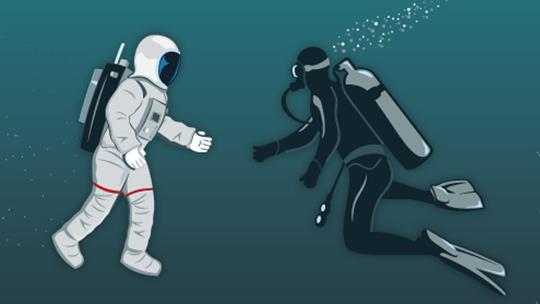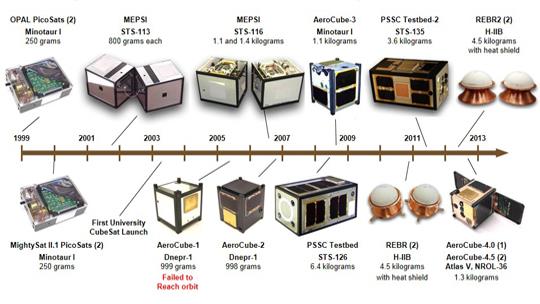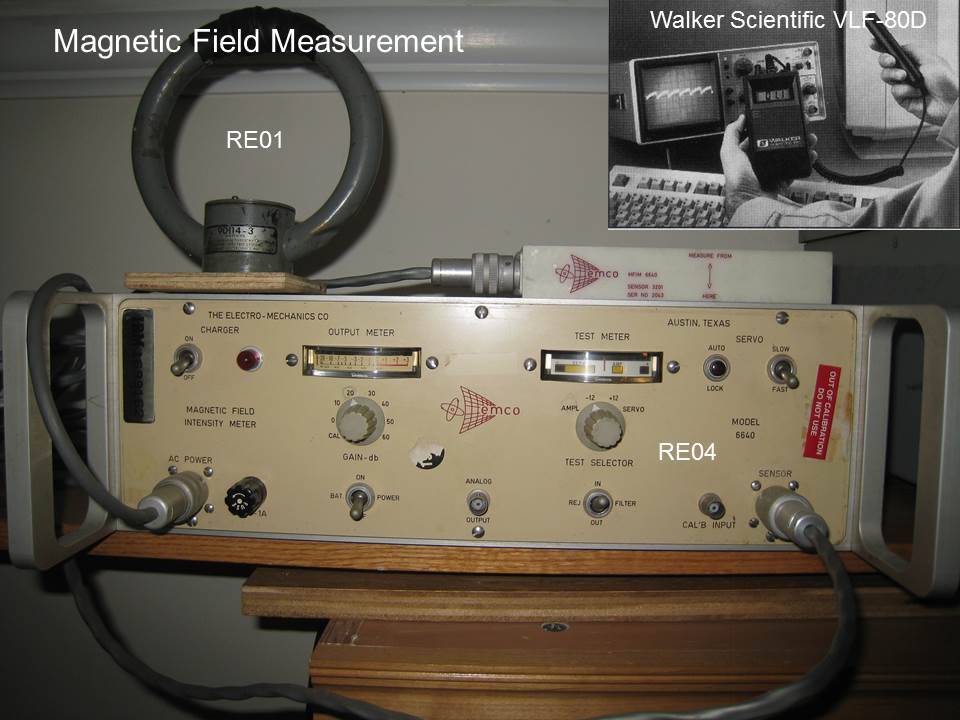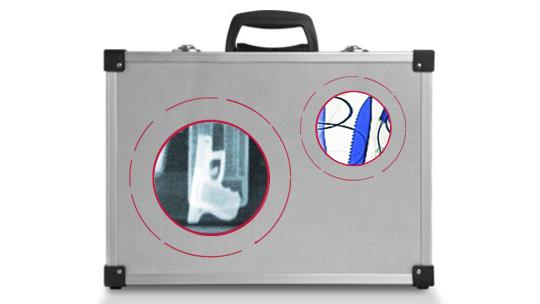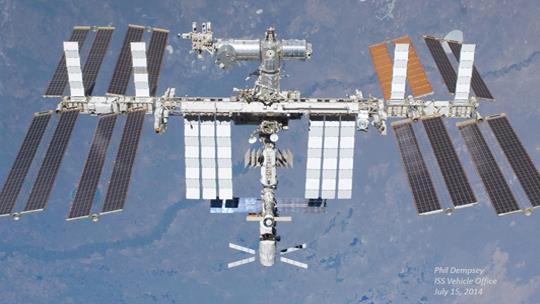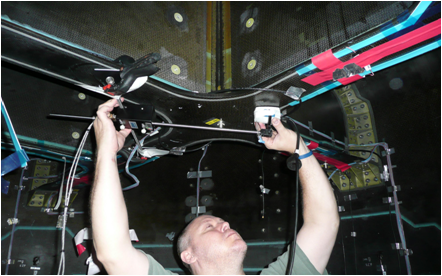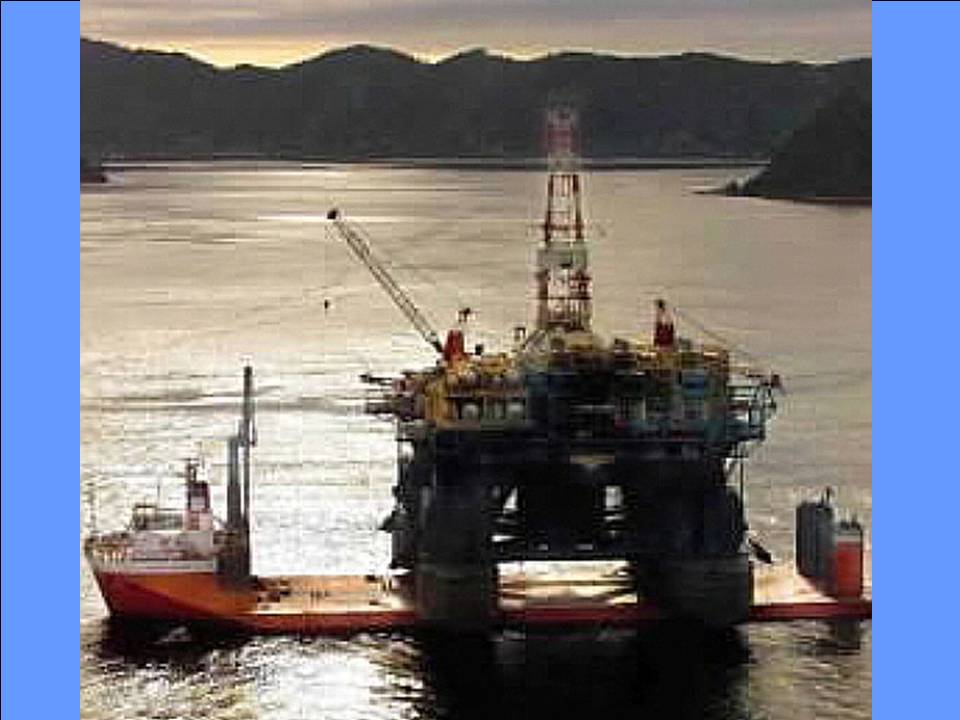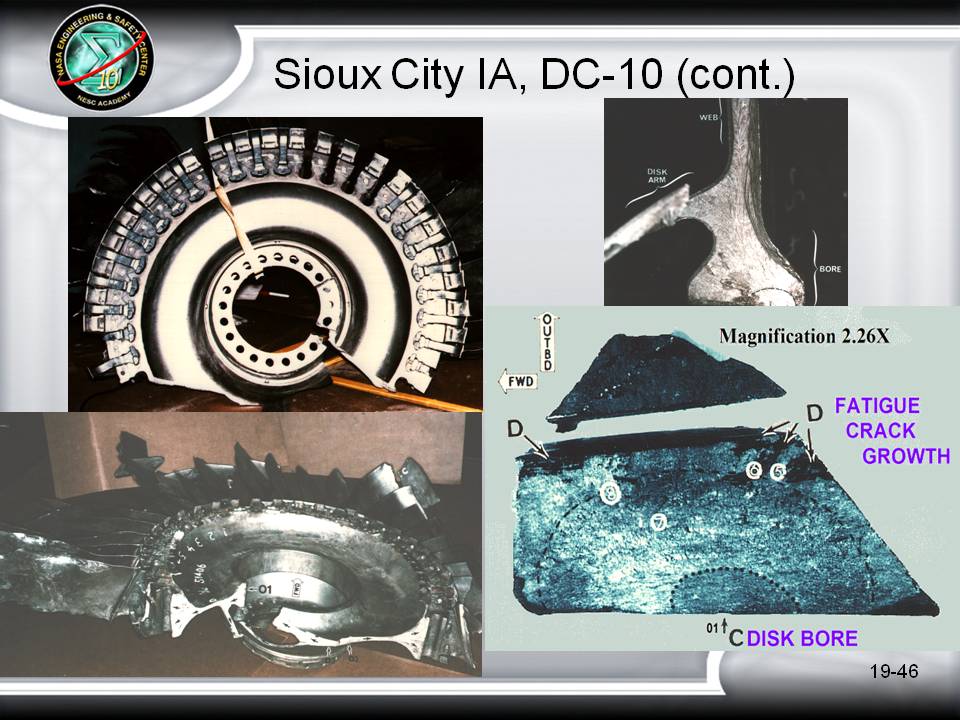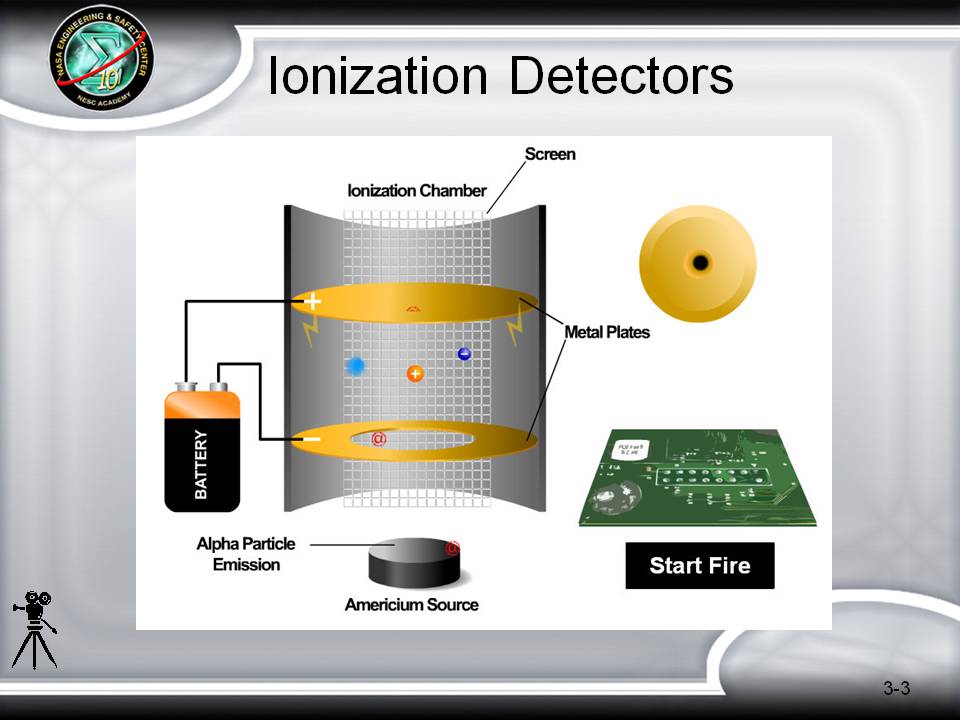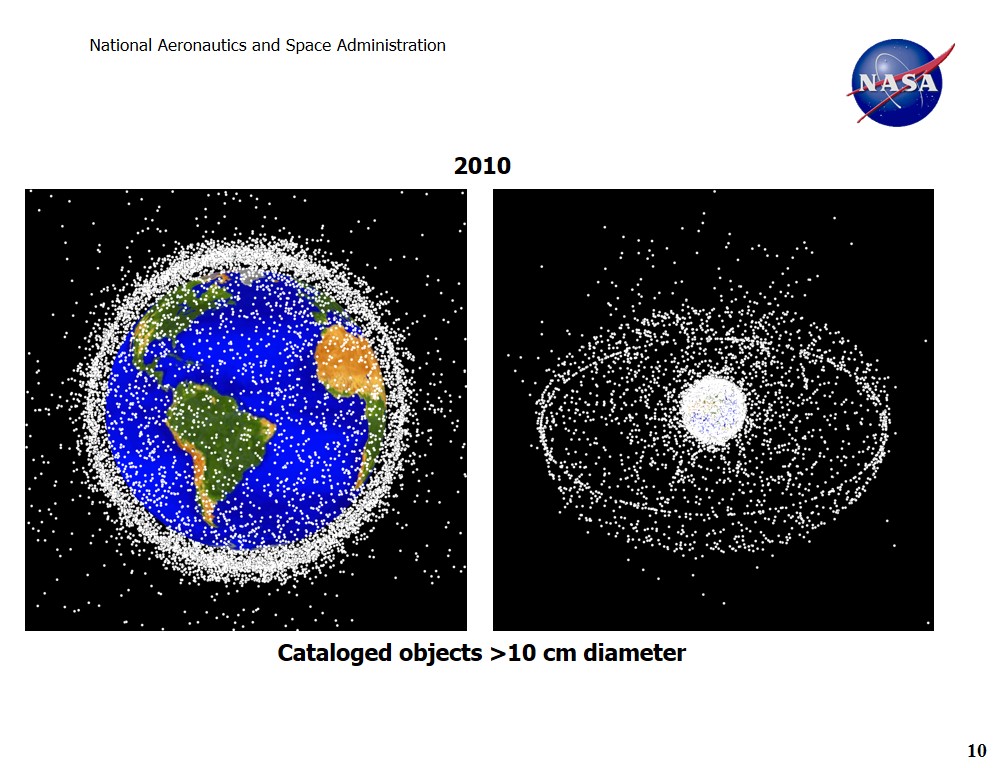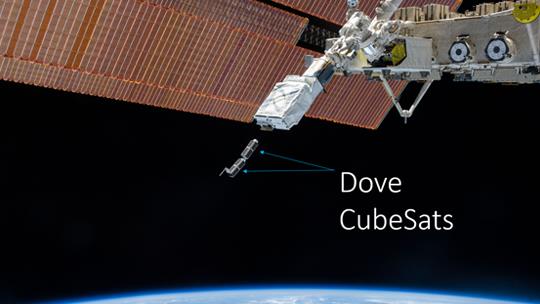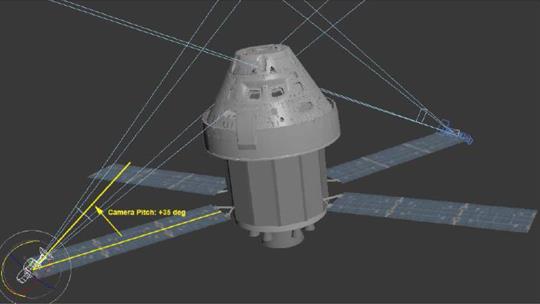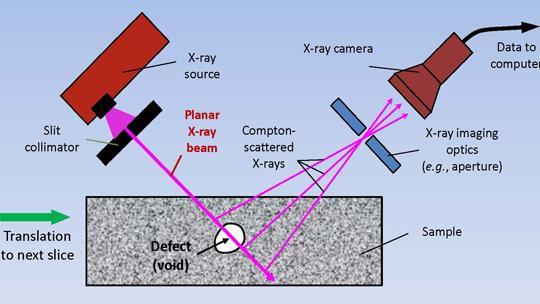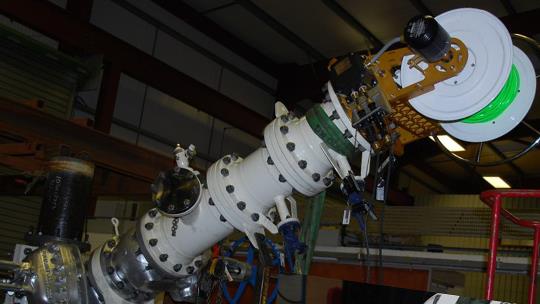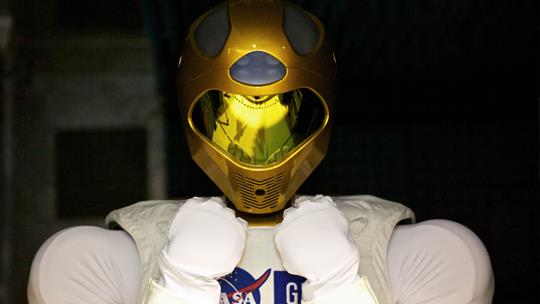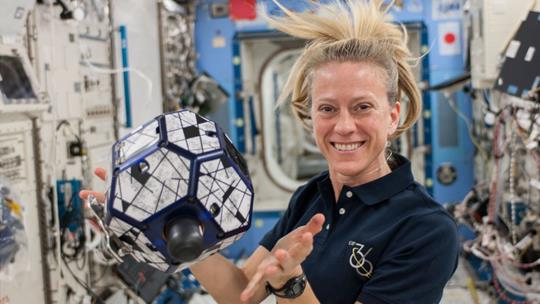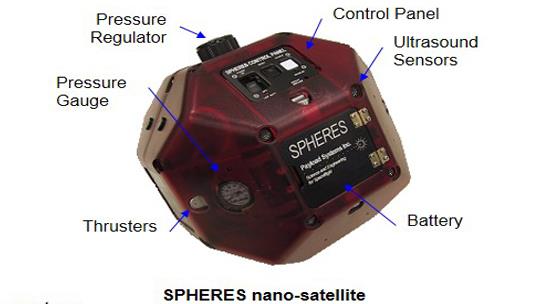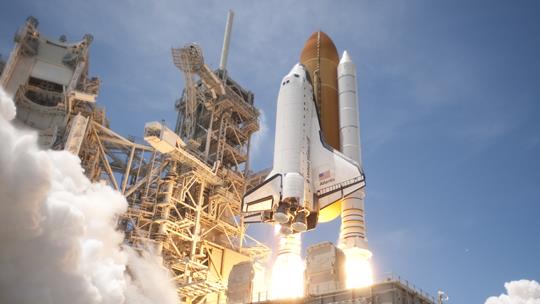Nondestructive Evaluation (NDE)
19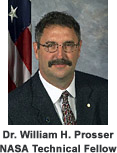
Nondestructive Evaluation (NDE) techniques are a variety of measurement techniques used to gain information about a material or structure without damaging it. Some commonly used NDE techniques include ultrasonic testing, radiographic inspection, and eddy current testing. NDE techniques can be used to measure material properties such as conductivity and elastic stiffness, assess dimensions and structural configuration, and to detect indications of damage such as cracks and disbonds. Since the component being inspected is not damaged, it can then be used in its intended application. NDE techniques can be used at a variety of points during a components manufacture and lifetime to include screening of initial raw materials, inspection of machined and assembled components, and after intervals of usage. Some NDE methods can also be used for real time, in-situ Structural Health Monitoring (SHM) of components.
Upcoming Webcasts
TBD
Checking for webcasts...
Advanced Instrumentation and Inspection for Deepwater Oil and Gas Fields
| Presenter | David Brower |
|---|---|
| Published | April 2015 |
| Recorded | October 2014 |
| Duration | 34:00 |
| Tags | #Intermediate, .Hardware |
Discipline: Nondestructive Evaluation
Aerospace PICOSAT Capability Status 2014
| Presenter | David Hinkley |
|---|---|
| Published | April 2015 |
| Recorded | October 2014 |
| Duration | 27:56 |
| Tags | #Intermediate, .Hardware |
Discipline: Nondestructive Evaluation
CubeSat Proximity Operations Demonstration (CPOD) Overview
| Presenter | Austin Williams |
|---|---|
| Published | December 2014 |
| Recorded | October 2014 |
| Duration | 21:42 |
| Tags | #Intermediate, .Hardware |
Discipline: Nondestructive Evaluation
Handheld Backscatter Scanner Development
| Presenter | Dr. Seth Van Liew |
|---|---|
| Published | April 2015 |
| Recorded | October 2014 |
| Duration | 24:51 |
| Tags | #Intermediate, .Hardware, ~Backscatter |
Discipline: Nondestructive Evaluation
ISS Inspection Capabilities and Challenges
| Presenter | Randy Moore |
|---|---|
| Published | December 2014 |
| Recorded | September 2014 |
| Duration | 33:56 |
| Tags | #Intermediate, .Operations |
Discipline: Nondestructive Evaluation<br><br>The rationale and strategy for inspection of the International Space Station (ISS) is based largely on lessons learned during the Shuttle/Mir, ISS Phase 1 Program. Experience gained through the survey of Mir established the basis for conducting similar surveys of ISS. Imagery is used today, as it was then, as a means for monitoring the condition of the spacecraft, support problem solving and anomaly investigations, and to provide early detection of changes affecting the long-term health of the aging station. The engineering data derived from imagery validates environment and dynamic models, contributes to spacecraft design measures and supports risk reduction. During the assembly and early utilization phase of ISS, the Space Shuttle provided an excellent platform for the acquisition of ISS surface imagery while docked and during proximity maneuvers, providing 100% coverage. Now, the ISS relies upon its own suite of inspection assets. ISS inspection coverage is constrained by the limits of the procured technology, installation locations, and operational priorities. This presentation will provide an overview of the available ISS inspection assets (primarily regarding external imagery) and summarize the challenges in acquiring a comprehensive survey of the ISS.
Inspection Considerations from the ISS Program
| Presenter | Phil Dempsey |
|---|---|
| Published | April 2015 |
| Recorded | September 2014 |
| Duration | 26:34 |
| Tags | #Intermediate, .Lessons Learned |
Discipline: Nondestructive Evaluation<br><br>The International Space Station Program has maintained a permanent human presence in space since November, 2000. Through the assembly of the vehicle, multiple on-orbit anomalies, and now the transition to full utilization many needs for inspection techniques have been identified. Some of these needs have been satisfied and others remain desired capabilities. An overview of the types of inspections needed, such as visual indications, measurement of structural damage, and thermal performance, will be discussed. Key risks that define inspection methods as part of the mitigation plan will be summarized, along with methods we use to demonstrate these techniques both for ISS needs as well as looking forward to Exploration capabilities using the ISS as a demonstration platform.
Introduction to Probability of Detection (POD) for Nondestructive Evaluation (NDE)
| Presenter | Dr. William H Prosser |
|---|---|
| Published | July 2011 |
| Recorded | October 2011 |
| Duration | 18:09 |
| Tags | #Fundamental, .Analysis / Modeling and Simulation, ~Probability of Detection |
Discipline: Nondestructive Evaluation
Materials Durability (Reliability of NDE) Part 1 of 3
| Presenter | Ward Rummel |
|---|---|
| Published | November 2011 |
| Recorded | November 2011 |
| Duration | 35:31 |
| Tags | #Fundamental, .Lessons Learned |
Discipline: Nondestructive Evaluation
Materials Durability (Reliability of NDE) Part 2 of 3
| Presenter | Ward Rummel |
|---|---|
| Published | November 2011 |
| Recorded | December 2011 |
| Duration | 27:18 |
| Tags | #Intermediate, .Lessons Learned |
Discipline: Nondestructive Evaluation
Materials Durability (Reliability of NDE) Part 3 of 3
| Presenter | Ward Rummel |
|---|---|
| Published | November 2011 |
| Recorded | December 2011 |
| Duration | 15:43 |
| Tags | #Fundamental, .Lessons Learned |
Discipline: Nondestructive Evaluation
Micrometeoroid and Orbital Debris (MMOD) Risk Overview
| Presenter | Dr. Eric Christiansen |
|---|---|
| Published | December 2014 |
| Recorded | October 2014 |
| Duration | 21:41 |
| Tags | #Intermediate, .Analysis / Modeling and Simulation, ~Orbital Debris |
Discipline: Nondestructive Evaluation
NanoRacks ISS Operations
| Presenter | Michael D. Johnson |
|---|---|
| Published | April 2015 |
| Recorded | October 2014 |
| Duration | 30:47 |
| Tags | #Intermediate, .Hardware |
Discipline: Nondestructive Evaluation
Orion Inspection Planning - Lessons Learned
| Presenter | Dr. Michael Rollins |
|---|---|
| Published | April 2015 |
| Recorded | September 2014 |
| Duration | 27:54 |
| Tags | #Intermediate, .Lessons Learned |
Discipline: Nondestructive Evaluation<br><br>Micrometeoroid and Orbital Debris (MMOD) impacts represent a significant risk for crews of long-duration space missions for which the spacecraft must perform a safe reentry. In order to protect the crew, the reentry vehicle is covered with one or more forms of thermal protection system (TPS) material able to withstand reentry heating. However, MMOD impacts that leave sufficiently large (i.e. “critical”) TPS damage can result in loss of crew or vehicle. In order to mitigate the risk of loss of crew or vehicle, a full-surface image-based inspection or “survey” can be performed. Findings from the survey can lead to a “focused” inspection requiring specialized close-range imaging assets, and possibly to a repair or a safe-haven transfer of the crew. Design of appropriate survey and focused-inspection sensor packages requires prior impact and thermal testing to determine critical damage criteria, and should be guided by standard detection criteria. As- built sensor packages should be verified with subjective screening tests, with the sensors under appropriate environmental conditions. The timing and frequency of in-space inspections should be based on assessment of risk and risk-mitigation (due to inspection), derived from mission-specific MMOD flux and impact modeling.
Recent Progress on 3D Backscatter X-Ray NDE
| Presenter | Dr. Victor Grubsky |
|---|---|
| Published | April 2015 |
| Recorded | October 2014 |
| Duration | 28:23 |
| Tags | #Intermediate, .Hardware |
Discipline: Nondestructive Evaluation
Remote Underwater Robotic Inspection
| Presenter | Darby Magruder |
|---|---|
| Published | March 2015 |
| Recorded | October 2014 |
| Duration | 19:40 |
| Tags | #Intermediate, .Testing |
Discipline: Nondestructive Evaluation
Robonaut Activities on ISS
| Presenter | Ron Diftler |
|---|---|
| Published | April 2015 |
| Recorded | October 2014 |
| Duration | 26:00 |
| Tags | #Intermediate, .Hardware |
Discipline: Nondestructive Evaluation
SPHERES - A Free-Flying Testbed Inside the ISS
| Presenter | Jose Benavides |
|---|---|
| Published | April 2015 |
| Recorded | October 2014 |
| Duration | 22:10 |
| Tags | #Intermediate, .Hardware |
Discipline: Nondestructive Evaluation
SPHERES-X - A Proposed Inspection Laboratory Outside ISS
| Presenter | Dr. Alvar Saenz-Otero |
|---|---|
| Published | December 2014 |
| Recorded | October 2014 |
| Duration | 31:57 |
| Tags | #Intermediate, .Hardware |
Discipline: Nondestructive Evaluation
Why are we here? - Shuttle Program/Mission Ops Experience
| Presenter | Wayne Hale |
|---|---|
| Published | November 2014 |
| Recorded | September 2014 |
| Duration | 14:40 |
| Tags | #Fundamental, .Lessons Learned |
Discipline: Nondestructive Evaluation<br><br>Mr. Hale will relate his background in Mission Operations and the Post Columbia experiences with the as Space Shuttle Program Manger to the importance of planning and executing Inspections in space.
/
